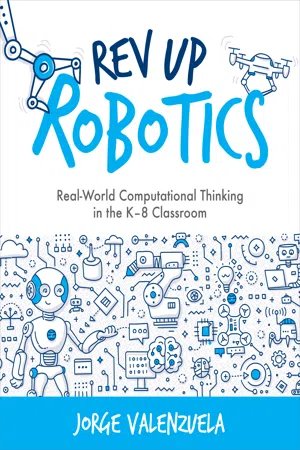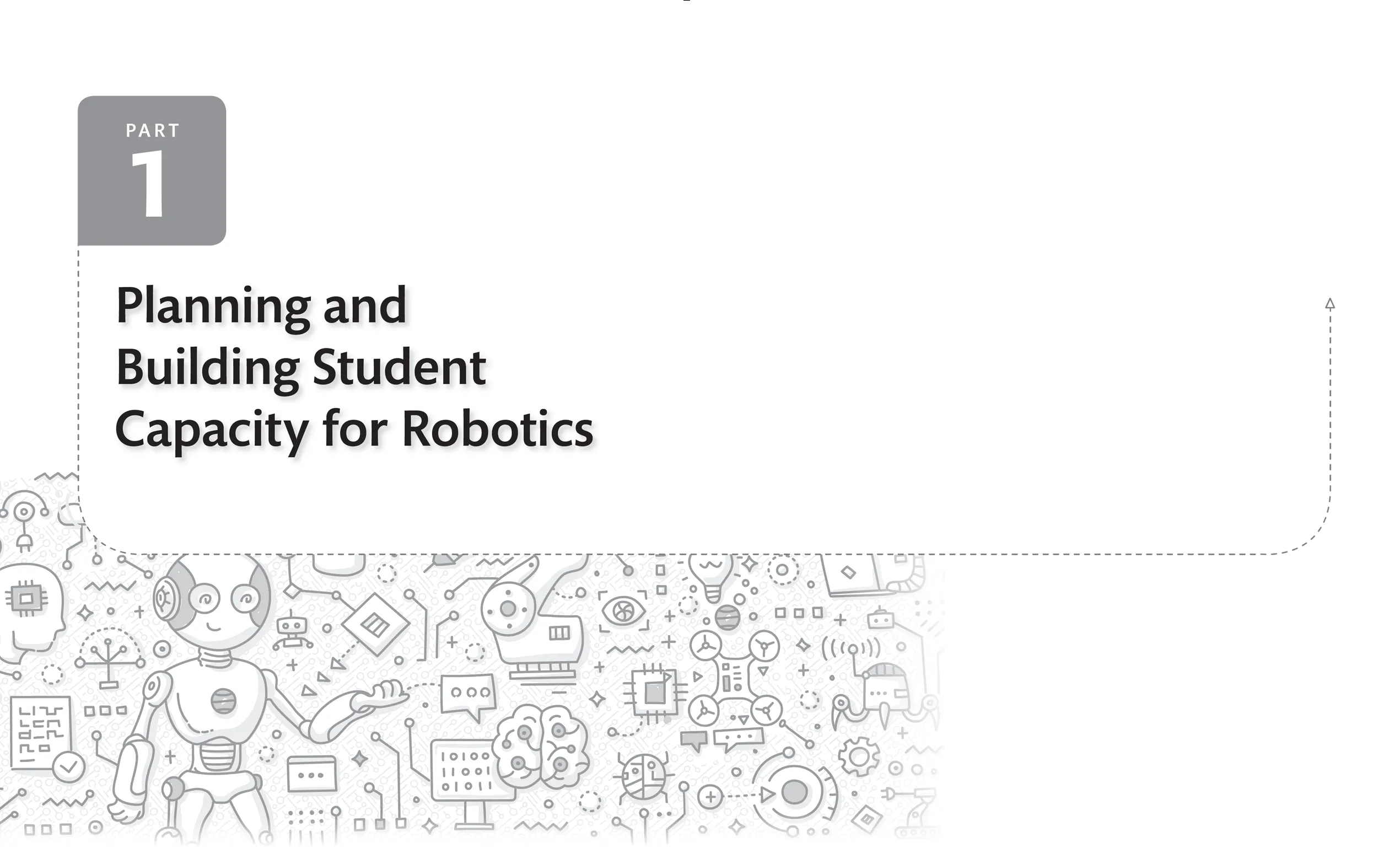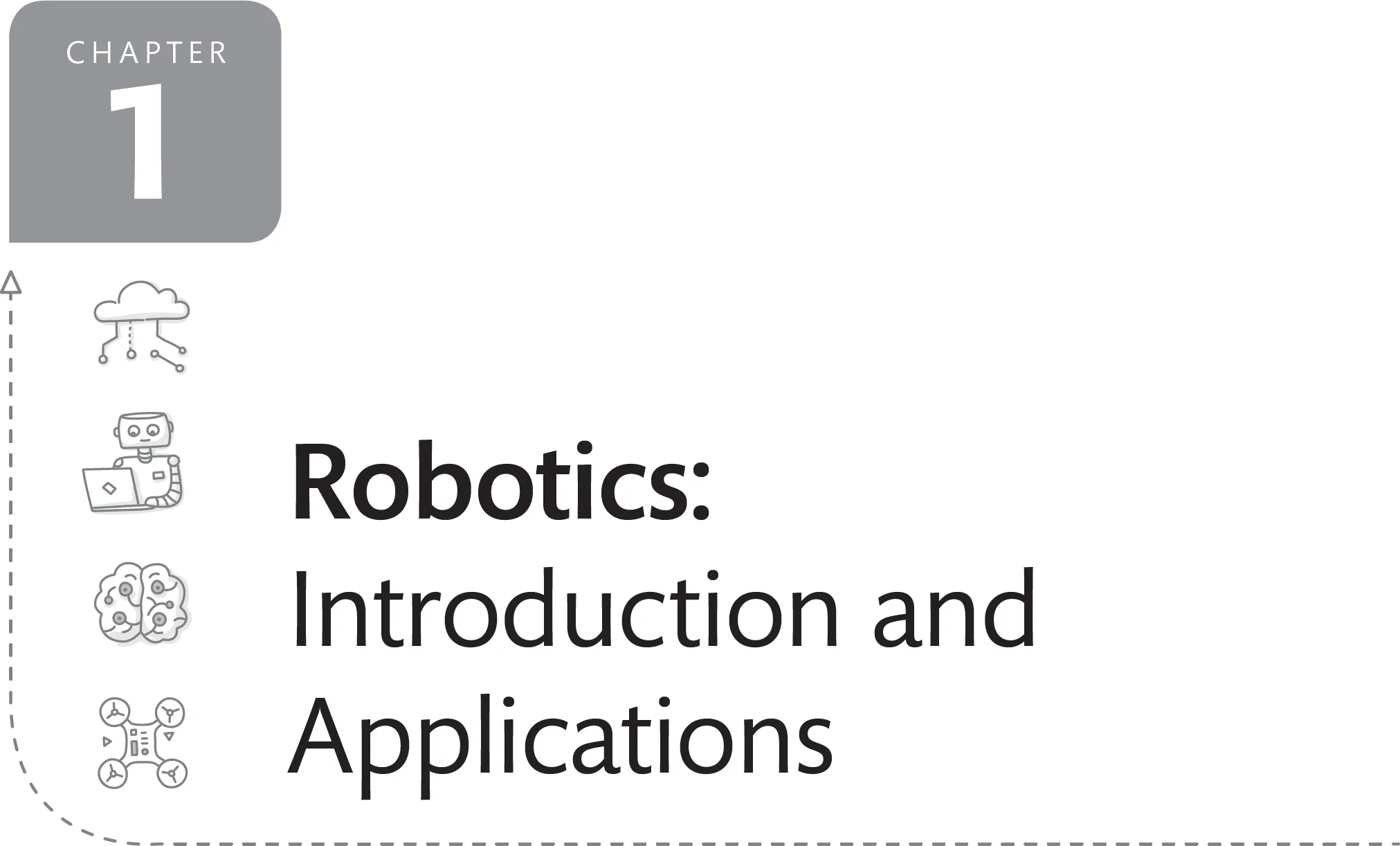Robotics is a branch of engineering that involves the conception, design, manufacture, and operation of robots. This field overlaps with electronics, computer science, artificial intelligence, mechatronics, nanotechnology, and bioengineering (Rouse, 2015). In the popular 1941 story, Liar, science-fiction author Isaac Asimov first coined the term robotics. Therein, he described Asimov’s Three Laws of Robotics, which even today are considered the three guiding principles for how both robots and smart machines should behave.
Asimov’s Three Laws of Robotics
1. Robots must never harm human beings.
2. Robots must follow instructions from humans without violating rule 1.
3. Robots must protect themselves without violating the other rules.
Examples of Robots and Their Use
In the real world, robots free humans from repetitive tasks by helping with assembly, welding, handling a variety of tools, heavy labor in space, manufacturing, military missions, car production, surgeries, underwater exploration, and duct cleaning, among others. For making classroom projects with robotics authentic, I have compiled eight uses for robots that I believe teachers can leverage to provide meaningful context for student work.
1. Military Missions
Robots used in the military save lives by performing hazardous tasks and missions that replace human intervention. Explosive Ordinance Disposal (EOD) robots are used in military missions to locate and disable both mines and improvised explosive devices (IEDs) in suspected packages and areas of importance. Air forces also use drones (uncrewed aerial vehicles) in military observation missions to help locate hidden explosives and for broad range surveillance.
2. Commercial Agriculture
Agriculture is the science of cultivating soil for growing crops and rearing animals to provide food, wool, and many other essential products. Robots contribute significantly to the field of commercial agriculture. Similar to their ability to do multiple manufacturing jobs, robots navigate farmland, harvest crops, and care for plants independently. Moreover, the robots used in agriculture can work more efficiently, faster, and longer than human labor.
3. Law Enforcement
A range of very sophisticated remote-controlled robots is used by law enforcement to fight crime and to protect the safety of our public and police officers. Police robots have cameras and infrared lights and are capable of finding precise locations during police missions. A robot commonly used by law enforcement is the Robotex, which is water resistant, agile enough to climb stairs, and has a handy 360° camera for helping officers catch potential perpetrators and suspects.
4. Automotive Services
The automobile industry reduces both manufacturing and labor costs by using robots with powerful mechanical arms, tools, wheels, and sensors for building and car assembly. The automotive industry also employs robots for tasks such as precise installations, sealing, painting, and welding.
5. Artificial Intelligence
Artificial intelligence (AI) is the branch of CS that pertains to the development of computer programs that perform tasks which would otherwise require human intelligence. Today, AI is used in a variety of ways, such as Google searches and the tailored recommendations we find on our Amazon accounts. However, AI is also used to control robots—which makes it possible for intelligent robots (Alexa and Echo, among others) to interact with humans in their homes by helping with household chores, providing security, and entertainment. Extensive strategic and systematic use of artificially intelligent robots (the intersection between robotics and AI) in manufacturing aids in consistency, saves time (robots do not get tired or need breaks), and saves money on labor.
6. Space Exploration
Both the Remotely Operated Vehicle (ROV) and the Remote Manipulator System (RMS) are the two most common robots used in a variety of space missions to provide astronauts the ability to explore. Both robots can capture data and footage that humans would never be able to without their assistance. ROVs have unmanned capabilities and can orbit freely or land on an outer space surface to explore terrain. RMS mechanical arms assist astronauts with performing critical and dangerous tasks during space missions.
7. Mechatronics
Mechatronics refers to the multidisciplinary branch of engineering that deals with engineering mechanical and electrical systems. It also includes the study and intersection of diverse topics such as computer science, systems, robotics, electronics, and telecommunications. A mechatronics engineer understands how to join the principles of mechanics, electronics, and computing to develop better, more cost-effective, and reliable systems. Many secondary and post-secondary institutions dedicate courses of study to mechatronics.
8. Competitive Robotics
During events held all over the world, teams of individuals build and program robots to compete with other robots to determine which was best at accomplishing a task or series of tasks. Many of the teams partaking in competitive robotics are comprised of students in the K–16 setting, but professional competitions are also becoming more common. Many criteria can be used to classify competitions with robots, so there is no standard way of referring to them. Some may include criteria such as the nature of movement, the use of branded materials (such as LEGO or VEX) versus open materials, indoor versus outdoor, and students versus professionals. The final chapter of this book is dedicated to this topic in the context of the K–8 setting.
Robotics in Schools and Teaching with Robotics
Thanks to the nationwide thrust of both STEM and CS, robotics is no longer reserved to factories, after school clubs, or groups of children participating in competitive robotics. More and more K–12 educators want to engage their learners in this fun and academic phenomenon but often are faced with hurdles that cause many of them to retreat. Obstacles include insufficient access and availability, lack of funding, or being unfamiliar with how to make robotics rigorous and aligned to the content being taught.
Luckily for teachers, both the CS and STEM core concepts and practices associated with robotics do not change, but due to the efforts of organizations such as ISTE, Code.org, LEGO, and others, their place in the curriculum has and will continue to do so. That means that more teachers can and should engage their learners in robotics to make this dynamic learning opportunity equitable for all learners.
Robotics is an excellent tool for teaching kids the most fundamental engineering design and programming skills while allowing them to see and interpret the results of their build and program in real time. Furthermore, through building and programming robots, K–8 learners can learn about CS, mechatronics, coding, literacy, physical science, mathematics, planning, healthy competitiveness, teamwork, and perseverance. And because all of these aforementioned items are relevant to knowledge and skills are that are needed by all students to understand and navigate a successful future, I believe this also serves as a fundamental component of equitable education.
Learning robotics and participating in competitive events also helps students understand the use of robots in more authentic c...


